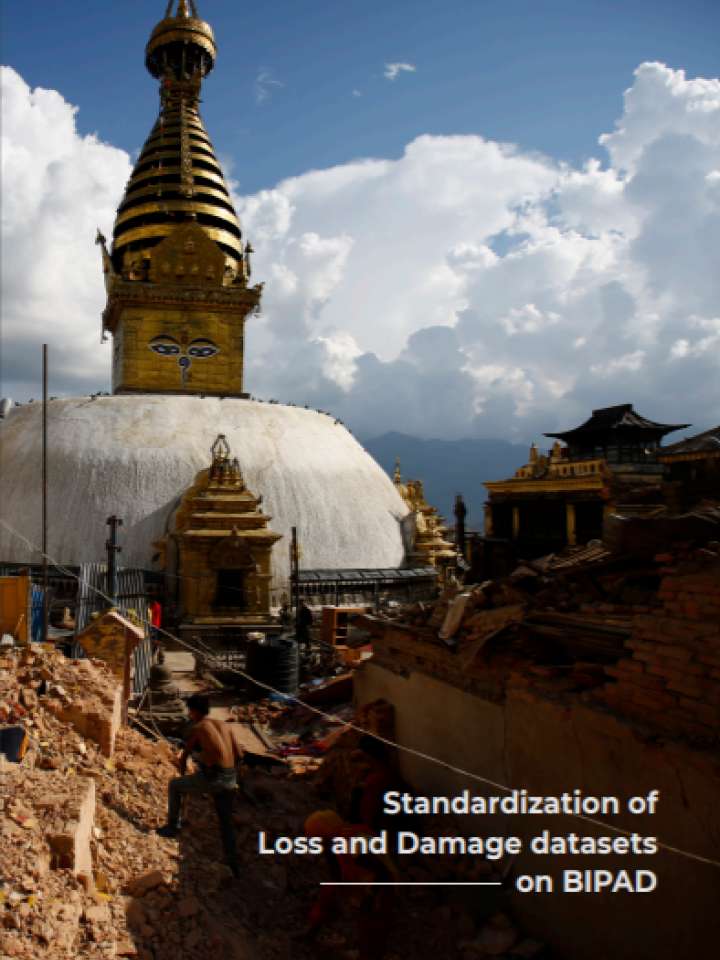Standardization of loss and damage datasets on BIPAD
Hazards like flood, earthquake, landslide, thunderbolt, snake bite, and fire cause numerous deaths and losses every year. According to the National Disaster Report 2019, disasters have resulted in hundreds of death and economic losses in billions of rupees in Nepal in the year 2017 and 2018 alone. Recurrent disasters like fire, landslides, thunderbolt, flood, heavy rainfall, and windstorms were recorded during the same period.
Building Information Platform Against Disaster (BIPAD) is a disaster information management system, built upon the concept of creating a national portal embedded with independent platforms for national, provincial, and municipal governments with a bottom-up approach of disaster data partnership. BIPAD has a ‘Damage and Loss’ module that has the records of the economic losses and damage to physical assets.
The research focuses on understanding methods to strengthen loss and damage data of the ‘Damage and Loss’ module in BIPAD. The standardization of loss and damage datasets will help improve the comparability of existing loss databases and reduce uncertainty in the estimates.
This research explores the importance of the loss and damage data in understanding the consequences of a disaster and in decision-making. It highlights the importance of the loss and damage data in helping the federal government understand the trend and patterns and assist to accordingly devise nation wise safety protocols, update existing standards, codes, guidelines, and acts. Similarly, it will help the province and local government prepare disaster risk reduction and management action plans.
The learnings from the international framework that is relevant to Nepal have been highlighted and eight major gaps in the loss and damage datasets in BIPAD have been outlined: i. Lack of well-defined terminologies for indicators, ii. Missing critical indicators, iii. Lack of systematic tools for data collection, iv. Missing metadata, v. Data inconsistency vi. Misinterpretation of data vii. Missing historical data, and viii. Issues in data visualization.
The following recommendations are suggested to be followed and adapted in BIPAD to standardize the loss and damage datasets.
Well defined terminologies for the loss and damage indicators used and the availability of information on such terminologies in BIPAD for the users.
Addition of some missing key indicators in BIPAD.
Defining systematic data collection and recording methodology.
Incorporating the missing historical data.
Better data visualizations in BIPAD.
Ensure data consistency and reliability.
Development of mobile app and capacity building of Nepal police staff for better data collection and recording.
Use of BIPAD as a reporting tool for Sendai Framework Targets.
Explore further
